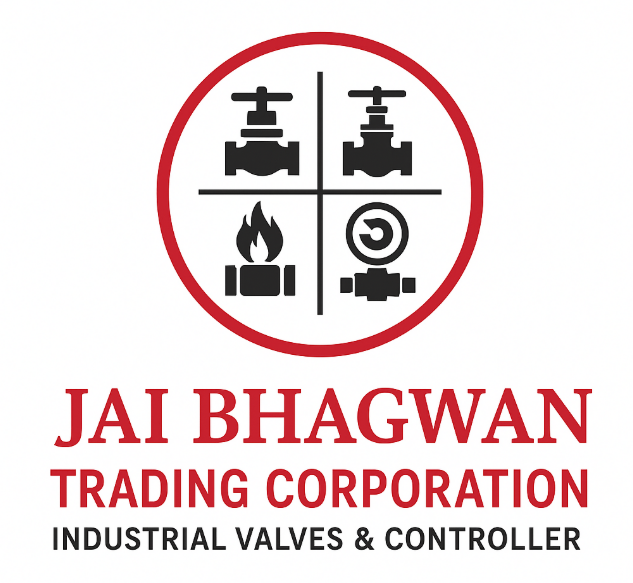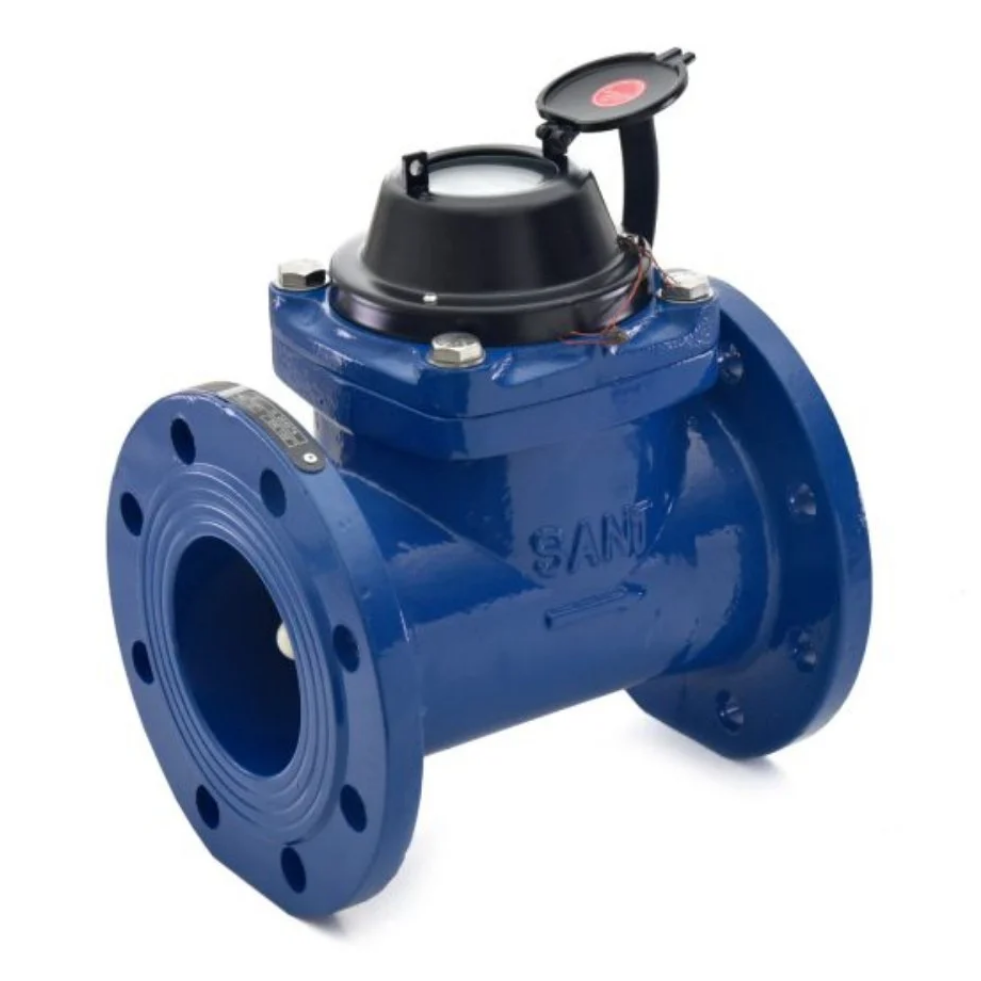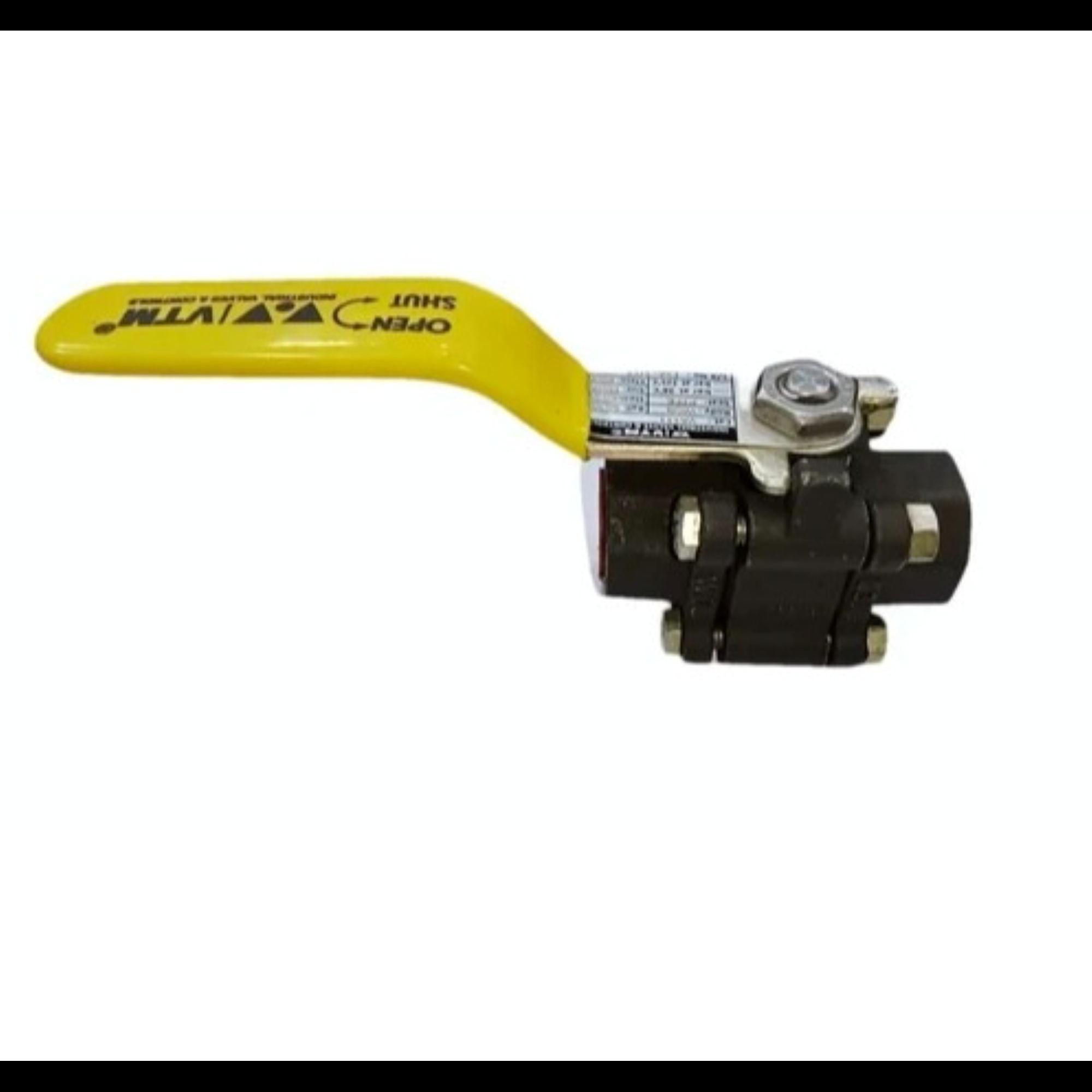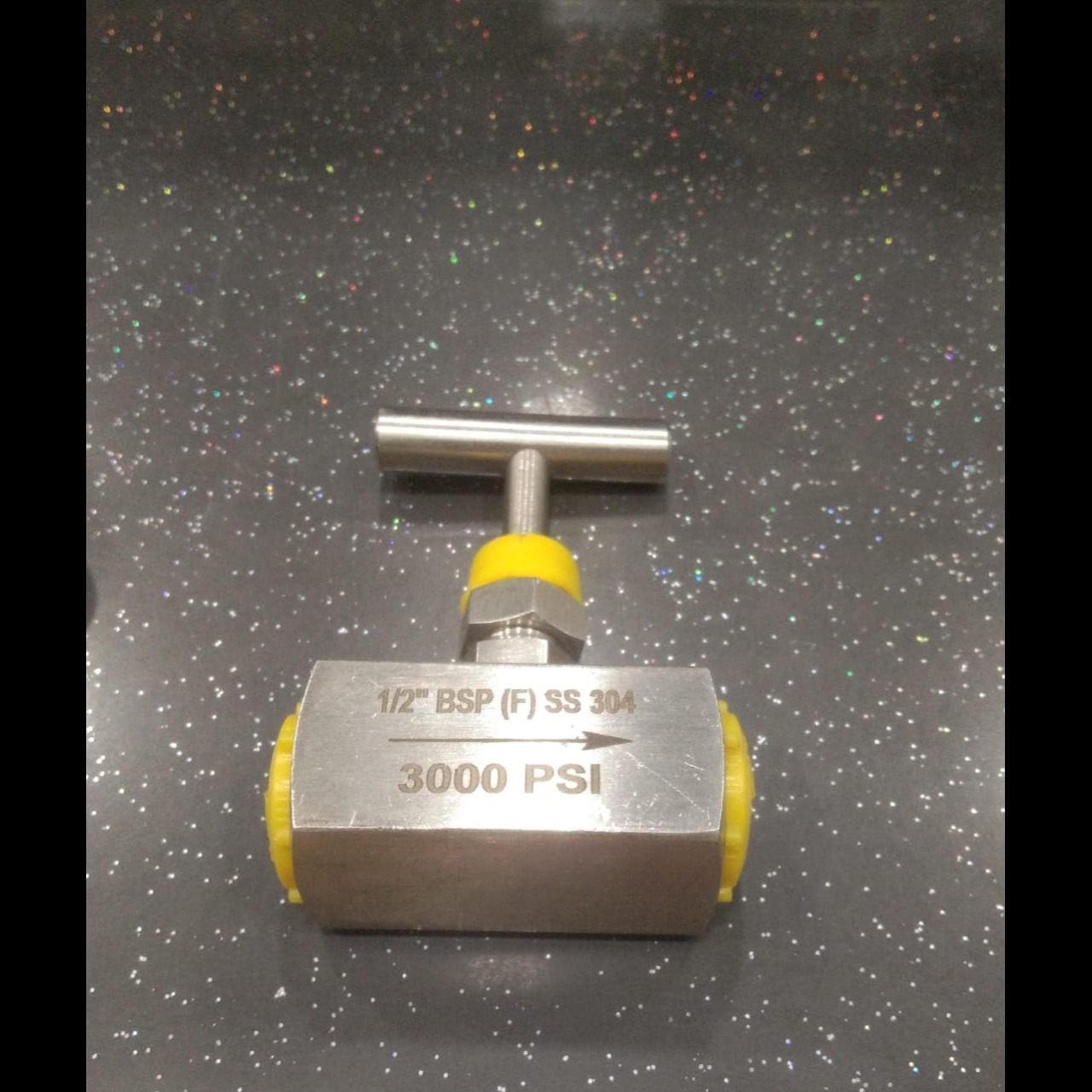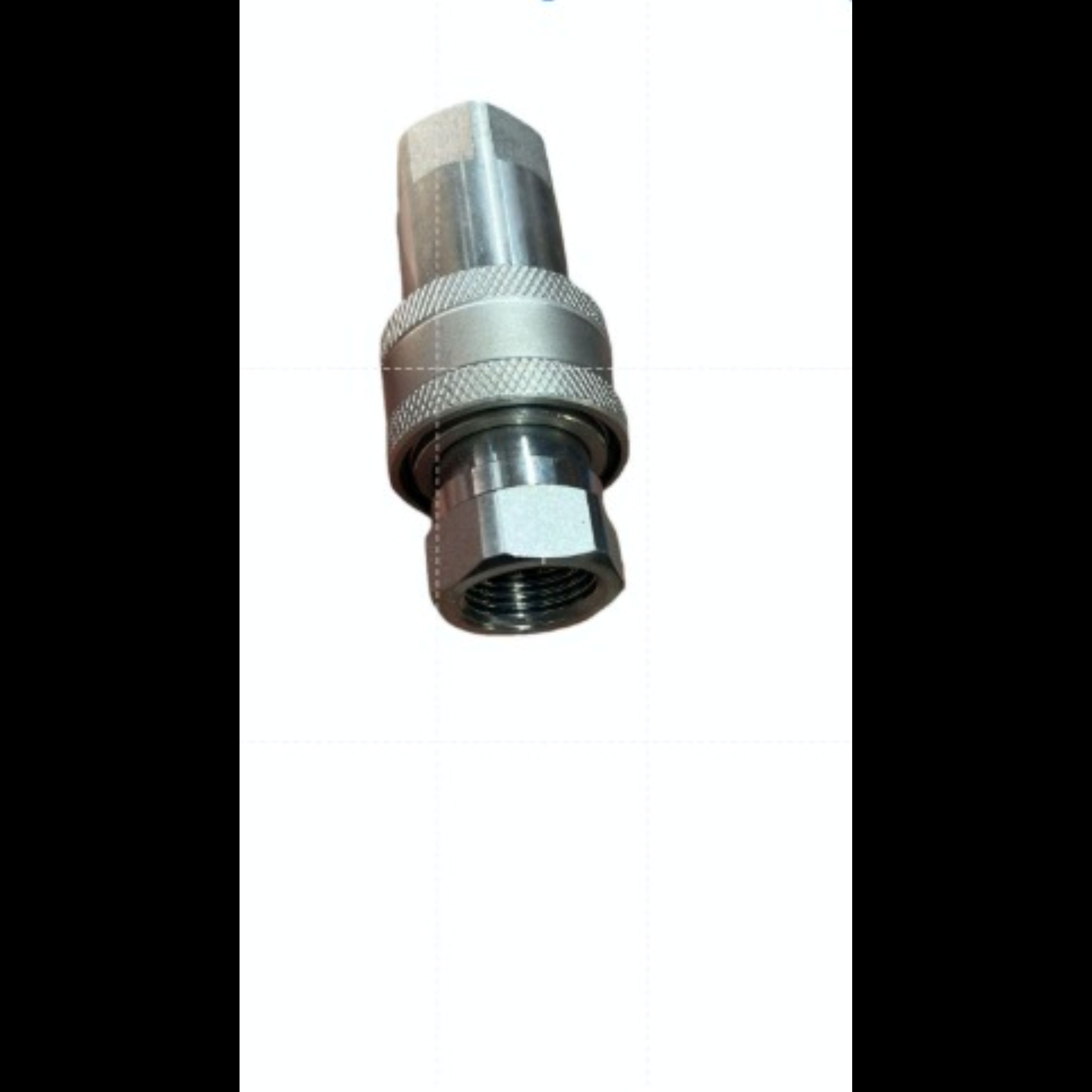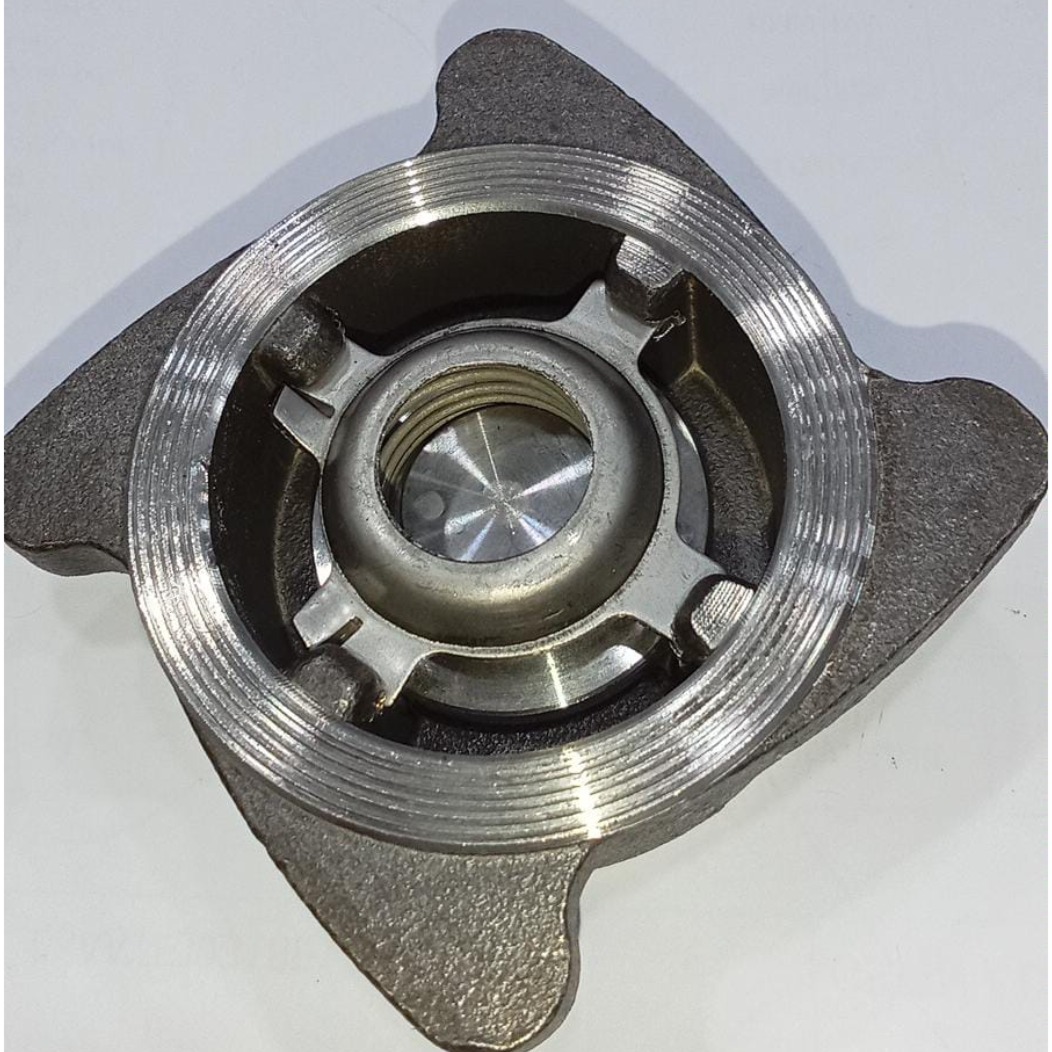
A DCB (Directional Control and Block) valve is a type of hydraulic or pneumatic valve used to control the flow and direction of fluids within a system. Here’s an overview of its key aspects:
Key Functions of DCB Valves:
Directional Control: These valves direct the flow of hydraulic or pneumatic fluid to various parts of a system. They determine the path the fluid takes, which is crucial for controlling the operation of machinery or equipment.
Flow Control: They manage the flow rate of the fluid, which can affect the speed and force of actuators like cylinders or motors.
Blocking Function: DCB valves can block fluid flow to prevent movement or to hold a position. This is important for maintaining stability and control in systems where specific positions or functions need to be held firmly.
Common Types:
Hydraulic Directional Control Valves: These are used in hydraulic systems to control the direction of hydraulic fluid, impacting the operation of hydraulic cylinders or motors.
Pneumatic Directional Control Valves: These work similarly in pneumatic systems, controlling compressed air to actuate various components.
Key Components:
Spool or Poppet: The component that moves within the valve to open or close flow paths.
Ports: Entry and exit points for fluid.
Actuator: Mechanism that moves the spool or poppet, which can be manual, electrical, pneumatic, or hydraulic.
Applications:
Manufacturing: To control automated machinery and assembly lines.
Automotive: In systems like brake controls or transmission systems.
Construction: For controlling excavators and other heavy machinery.
Aerospace: Managing hydraulic systems in aircraft.
Considerations:
Size and Flow Rating: Ensure the valve is suitable for the flow rates and pressures of your system.
Actuation Method: Choose between manual, solenoid-operated, or other types of actuators based on your control needs.
Environmental Conditions: Consider factors like temperature, exposure to chemicals, or potential for vibration.
Troubleshooting:
Leakage: Check seals and connections if there’s unexpected fluid loss.
Failure to Operate: Inspect the actuator and control signals to ensure they’re functioning correctly.
Performance Issues: Evaluate for clogging or wear in the internal components that might affect performance.
Keywords
A DCB
flow rate
fluid flow
flow paths
DCB Valves
Flow Rating
exit points
key aspects
other types
Block) valve
Common Types
Flow Control
Key Functions
various parts
control needs
brake controls
assembly lines
Key Components
compressed air
hydraulic fluid
pneumatic valve
pneumatic fluid
control signals
Actuation Method
hydraulic systems
Blocking Function
pneumatic systems
Performance Issues
various components
specific positions
hydraulic cylinders
internal components
automated machinery
transmission systems
other heavy machinery
unexpected fluid loss
Environmental Conditions
manual, solenoid-operated
Hydraulic Directional Control Valves
Pneumatic Directional Control Valves
